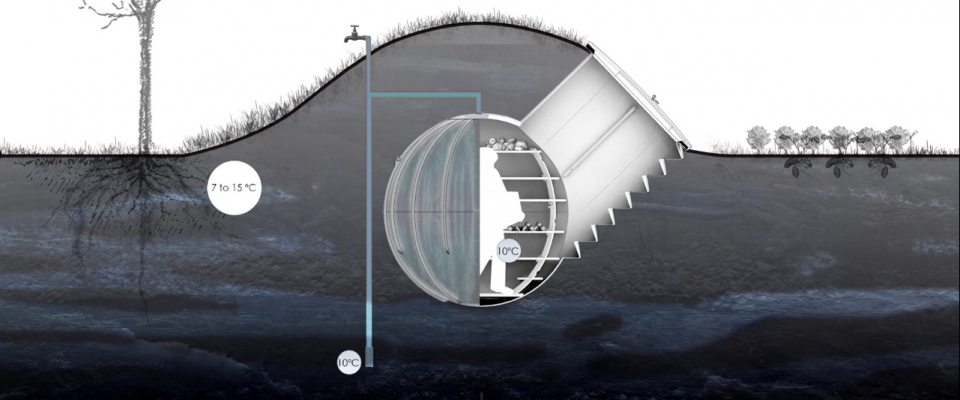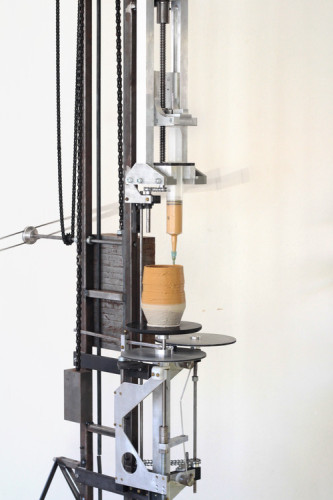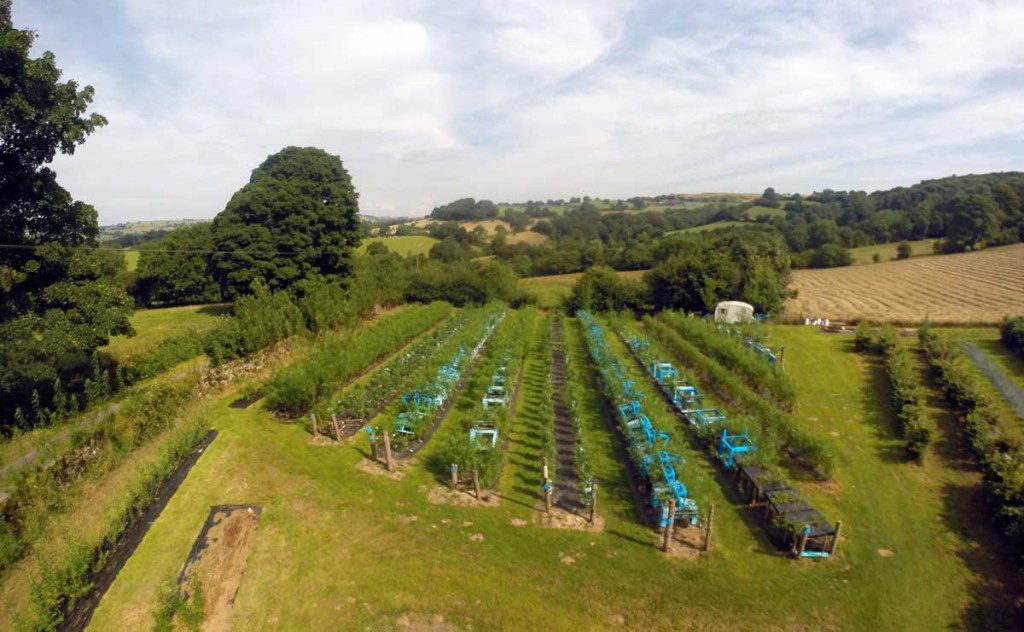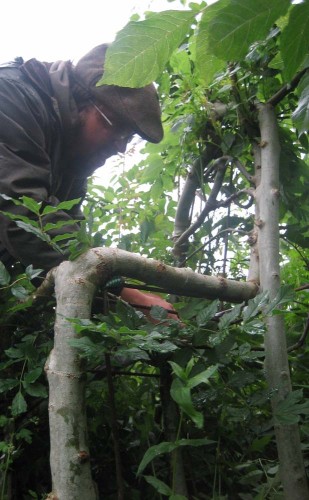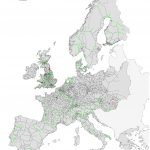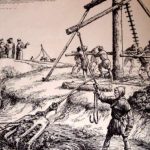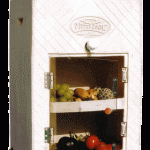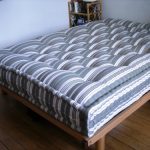“It turns out that digital devices and software are finely tuned to train us to pay attention to them, no matter what else we should be doing. The mechanism, borne out by recent neuroscience studies, is something like this:
- New information creates a rush of dopamine to the brain, a neurotransmitter that makes you feel good.
- The promise of new information compels your brain to seek out that dopamine rush.
With fMRIs, you can see the brain’s pleasure centres light up with activity when new emails arrive.
So, every new email you get gives you a little flood of dopamine. Every little flood of dopamine reinforces your brain’s memory that checking email gives a flood of dopamine. And our brains are programmed to seek out things that will give us little floods of dopamine. Further, these patterns of behaviour start creating neural pathways, so that they become unconscious habits: Work on something important, brain itch, check email, dopamine, refresh, dopamine, check Twitter, dopamine, back to work. Over and over, and each time the habit becomes more ingrained in the actual structures of our brains.”
Quoted from: Why Can’t We Read Anymore? The illustration was made by Luis Quiles — check out his work. Previously: Why the brain prefers to read on paper.

